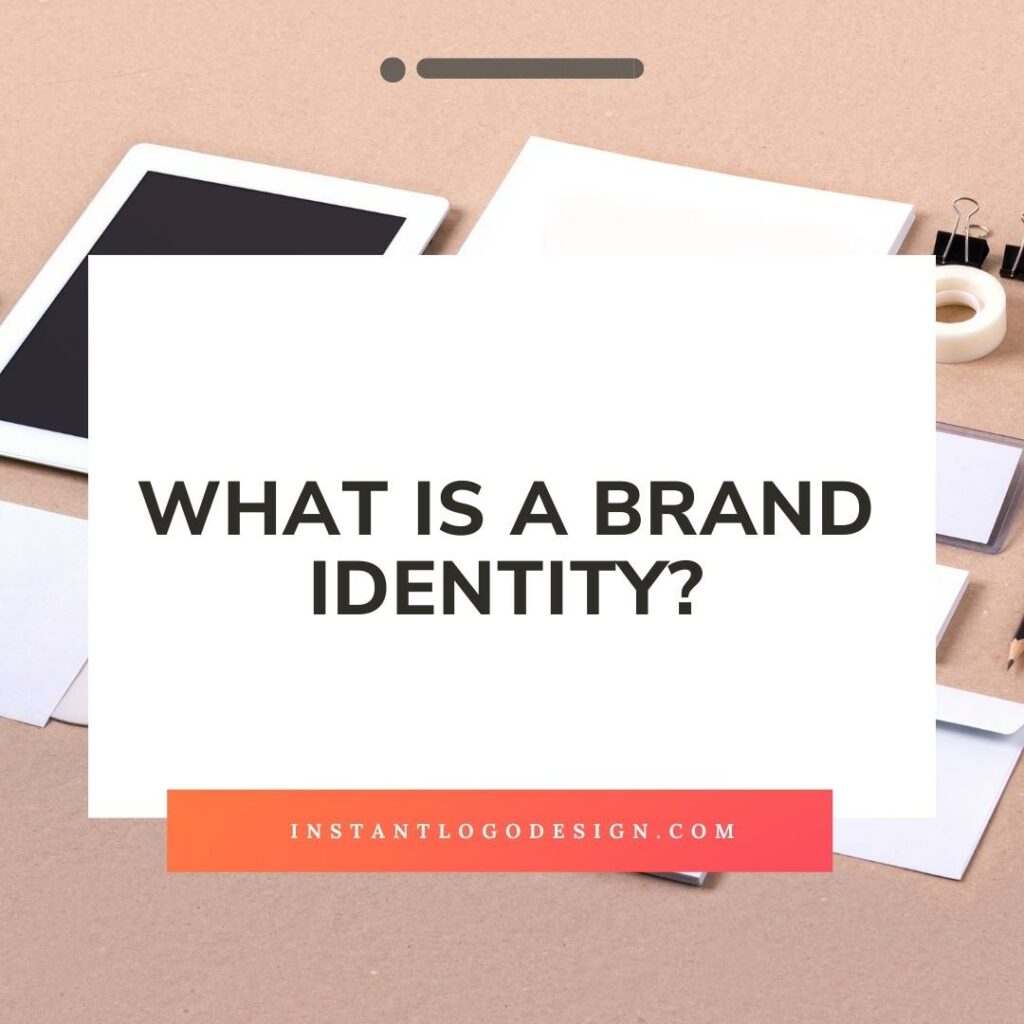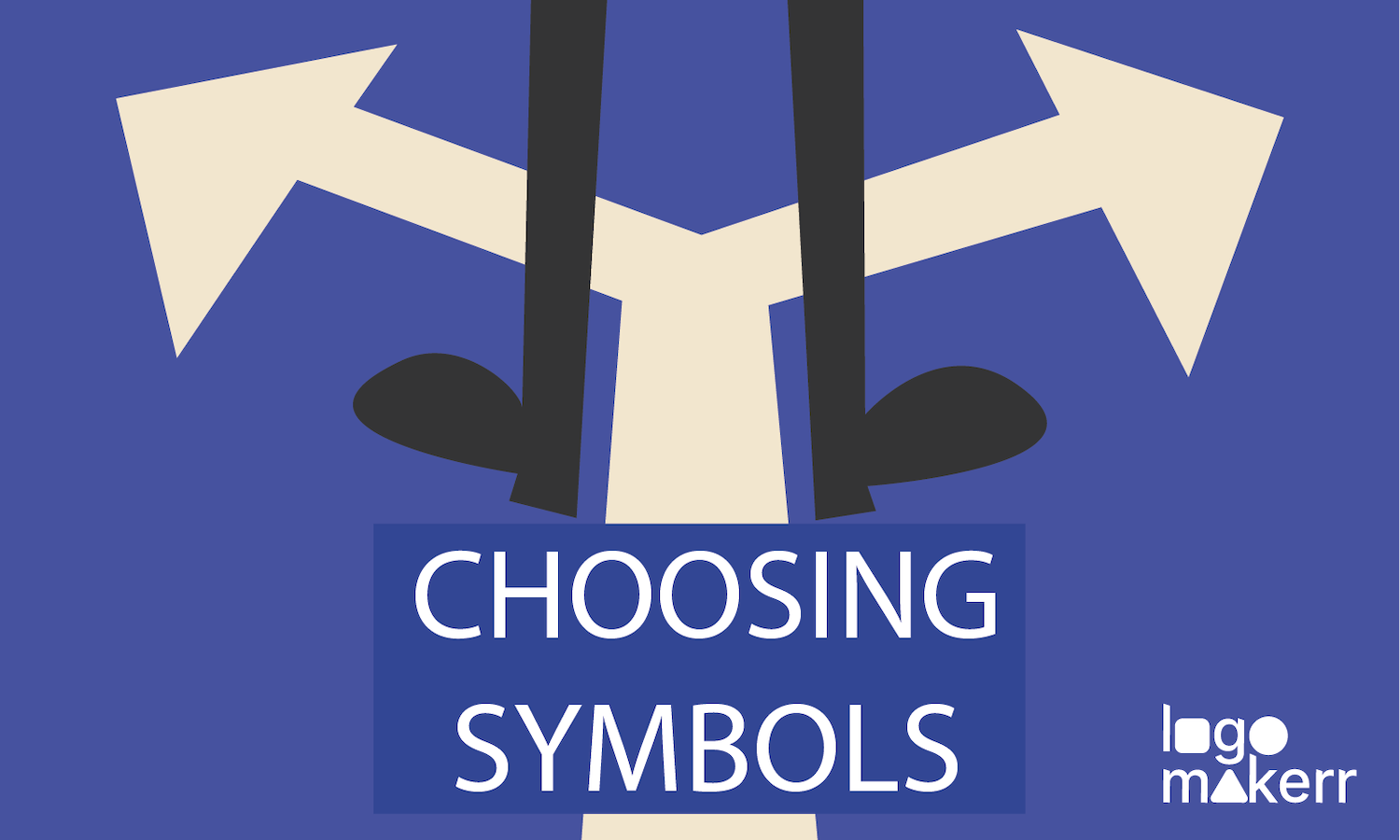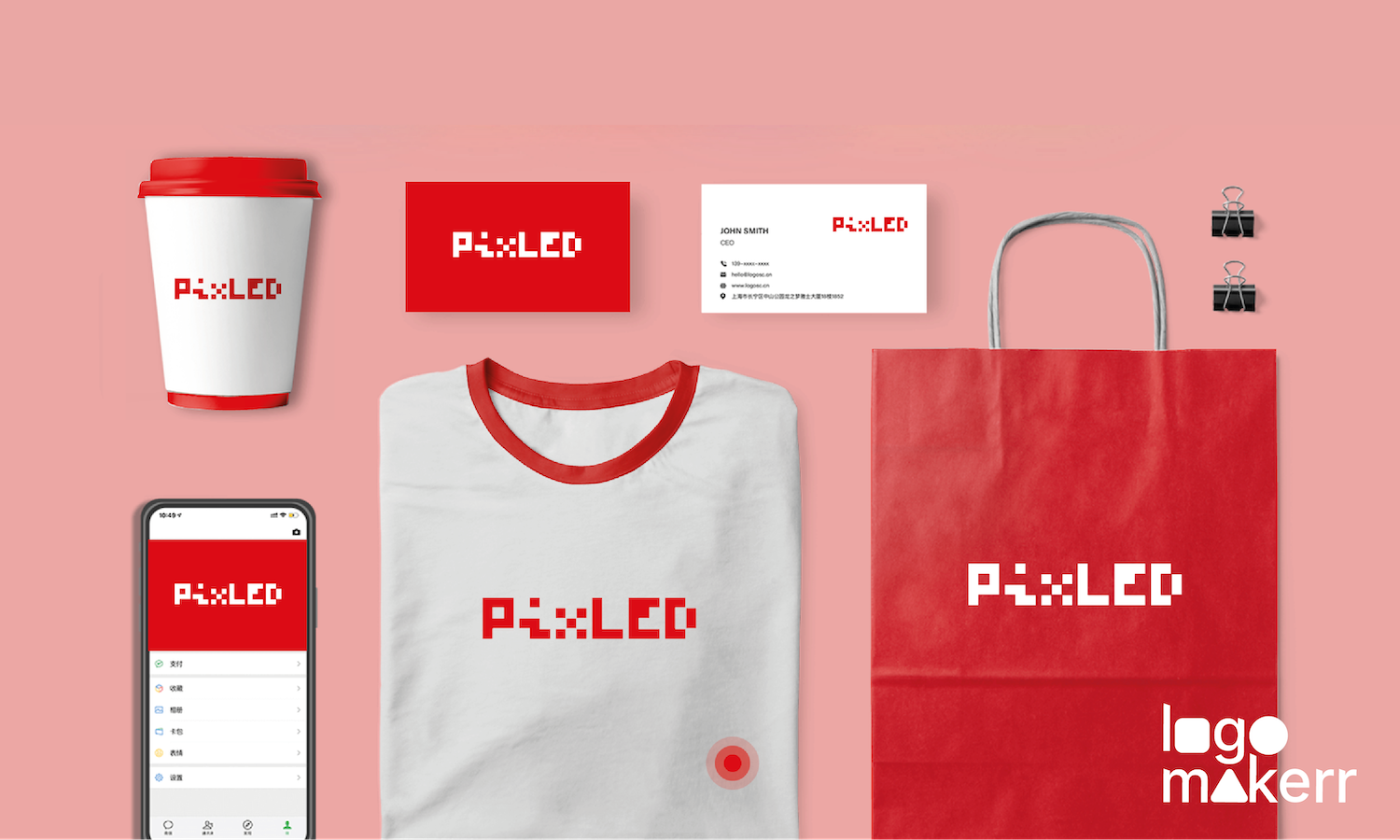As a business owner, you know it’s important to have a strong brand identity. But what does that mean, exactly? And how does logo design fit into the mix?
A brand identity is a set of visual and verbal elements that define a company or product. This includes the number of company names, logos, taglines, fonts, colors, and messaging.
The purpose of a brand identity is to create a consistent visual and verbal appearance across all marketing materials.
Logo design is just one small part of a brand identity, but it’s important. Understanding the correlation between brand identity and logo design can create stronger brand recognition and brand personality for your company and build customer trust and loyalty. Utilizing an AI logo maker can streamline the logo design process efficiently.
Let’s dive into it!

What is Brand Identity?
A brand identity is a company or product’s overall look and feel, and it comprises visual and verbal elements that work together to create a consistent appearance.
The other visual elements of strong brand identities include the logo, color palette, typography, and imagery. The verbal elements or the brand voice include the company name, tagline, and messaging.

Together, these elements and other brand assets create a solid and recognizable identity that helps customers quickly identify the company or product. A good brand identity is important because it helps build customer trust and loyalty.
The Difference Between Brand Identity and a Logo Design
A brand identity is the overall look and feel of the organization, while a logo is just one element of the identity. A brand’s identity includes the colors, fonts, shapes, and images used in all marketing materials, and it’s the visuals that customers will associate with the company.
A logo is one small part of that identity, and it’s an important part, but it’s not the whole story. A company can have multiple logos representing different products or divisions, but they should all work together to create a cohesive visual identity.
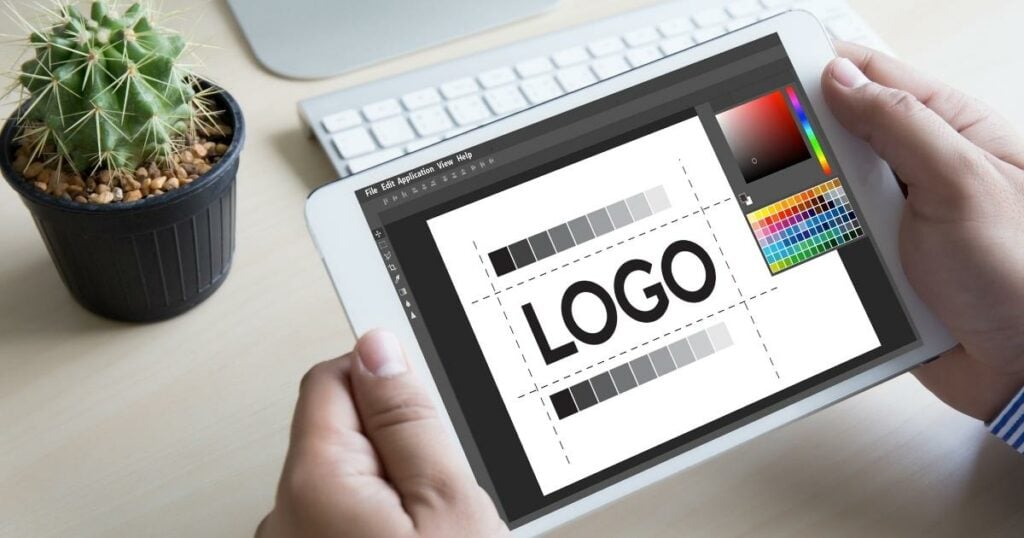
For example, if a company changes its logo but doesn’t update its other marketing materials, customers will be confused and may not recognize the brand. A strong brand identity helps customers connect emotionally to a company and its products.
It differentiates the company from its competitors and makes it more memorable. So while a logo is an important part of branding, it’s just one piece of the puzzle.
How Logo Design Fits into a Brand Identity
As we mentioned, logo design is a small part of a brand identity. But it’s an important part! When they hear the company name, a logo is often the first thing people think of.
A logo should be simple, memorable, and unique, and it should also be relevant to the company or product it represents. And it should be able to work across various mediums, such as print, web, and mobile.
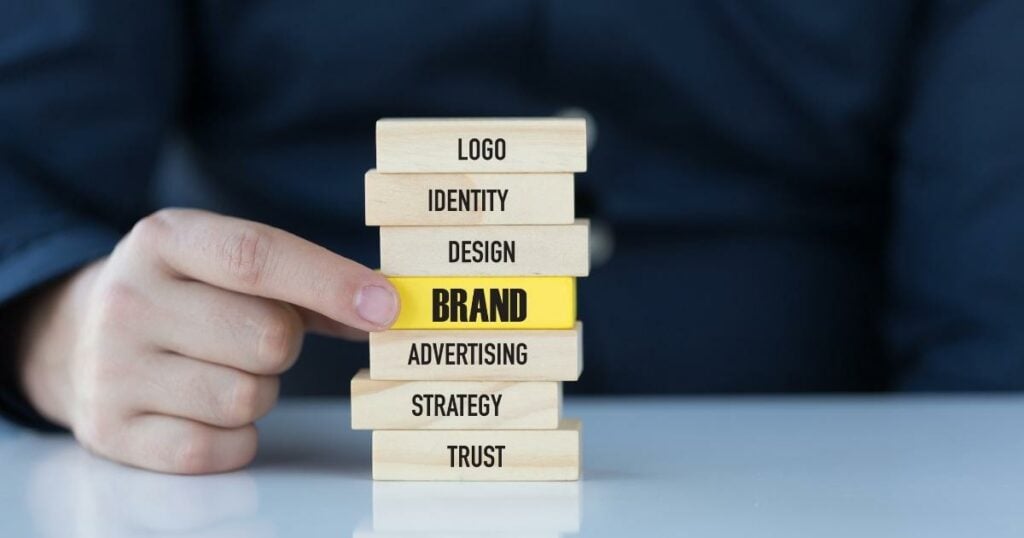
When designing a logo, keeping the brand identity in mind is essential. The logo should reflect the company’s values and mission. And it should be prepared to work well with the other brand identity elements.
Components of a Strong Brand Identity
As we mentioned, a brand identity has both visual and verbal components. Let’s take a closer look at each.
Visual Components
The visual components of brand identity include the logo, color palette, typography, and imagery. These elements should work together to create a consistent and recognizable appearance.
Logo
A logo is a graphical representation of a company or product name, and it’s often the first thing people think of when they hear the company name.
Color Palette
A color palette is a set of colors used consistently throughout all marketing materials. This could be just one or two colors, or it could be a wide range of colors.
Typography
Typography is the style and appearance of text, including the text’s font, size, and spacing. There are four significant types of typography: serif, sans serif, script, and decorative.
Imagery
Imagery includes photos, illustrations, and icons to convey a company or product’s message or values.
Verbal Components/Brand Voice
The verbal components of brand identity include the company name, tagline, and messaging, which must be consistent across all marketing materials.
Company Name
The company name is the business’s name that is always in conjunction with the logo.
Tagline
A tagline is a short phrase that describes a company or product that clarifies the brand’s message.
Messaging
Messaging is a company’s mission and values used in many marketing materials, such as website copy, advertising, and social media.
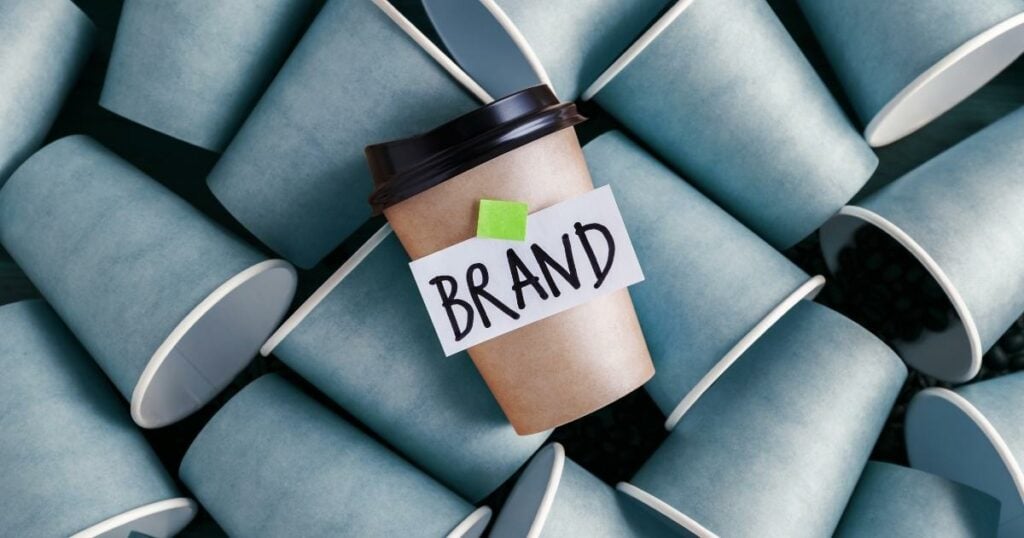
How to create a strong brand identity design
There’s no one-size-fits-all answer to this question. But you can follow general principles to create a strong brand identity design.
Keep it simple.
A logo should be easy to understand and remember. The best logos are often the simplest ones.
Make it unique
A logo should be distinctive and stand out from the competition.
Make it relevant
A logo should be relevant to the company or product it represents.
Make it versatile
A logo should be able to work across various mediums, such as print, web, and mobile.
Keep the brand identity in mind.
When designing a logo, keeping the brand identity in mind is essential, and the logo should reflect the company’s values and mission.
Creating a solid brand identity is important for any business. And logo design is a small but essential part of that process. By following these principles, you can create a company logo to help build trust and recognition for your business.
If you need help with logo design, contact a professional graphic designer. They can help you create a memorable brand and experience. And they can ensure it fits well with the other elements of your brand identity.
Building a Successful Brand with a Strong Brand Identity and Brand Strategy
Investing in professional logo design can help you create a strong and recognizable brand identity. But it’s just one part of the puzzle, as you also need a solid brand strategy.
Your branding process and strategy should include knowing your target audience, understanding your competition, and having a clear marketing plan.
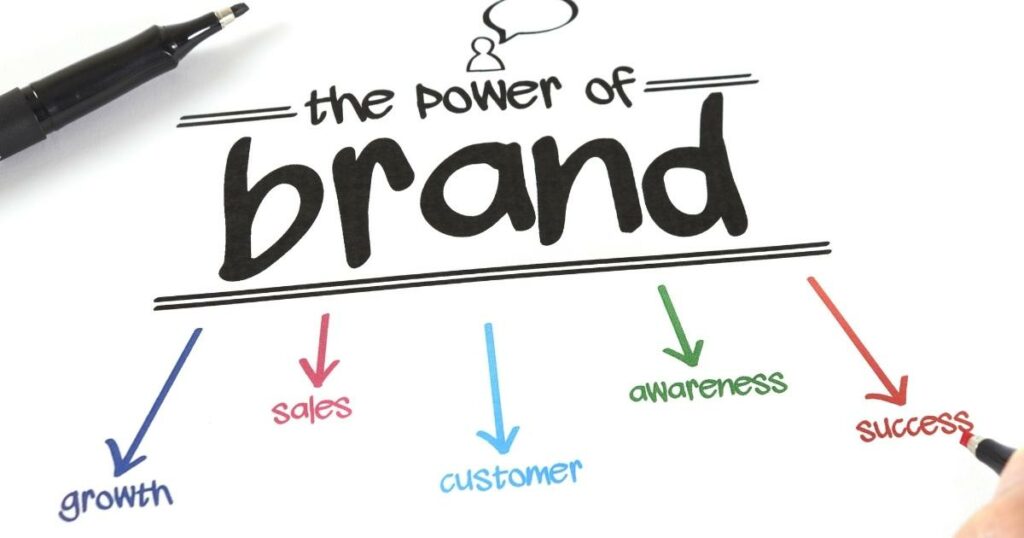
Working with a professional branding agency can help create strong brand guidelines and strategies. They can help you research your target audience, understand your competition, and develop a clear marketing plan.
Investing in solid brand guidelines and brand strategy is vital for any business. But it’s essential for small businesses. Why? Because small businesses have to work harder to stand out from the competition.
A strong brand identity can help you build trust and loyalty among customers and help you attract new customers, and grow your business. So, investing in solid brand identity is wise if you want a positive brand image to take your business to the next level.
How to build a visual brand identity
There are three steps to creating a strong visual brand identity
- Do your research
- Define your style
- Be consistent
When it comes to building a brand’s visual identity, research is essential. You need to understand your target audience and what they respond to, and you also need to understand your competition and what they’re doing.
Once you’ve done your research, you can start to define your style. What colors will you use? What fonts will you use? What imagery will you use?

And finally, once you’ve defined your style, you need to be consistent. Consistency is key to building a strong visual brand identity, and you must use the same colors, fonts, and imagery across your marketing materials.
By following these steps, you can create a strong visual brand identity that will help you build trust and loyalty among customers. And it will help you attract new customers and grow your business.
Final Thoughts
A well-defined brand identity is the key to a successful business. The components of a strong brand identity create trust and recognition for your customers. Your logo should be designed with these principles in mind, as it is one of the most visible expressions of your brand.
Creating a logo with an Ai Logo Maker can help you ensure that your brand identity is on point and ready to represent your company to the world. What are you waiting for? Start creating today!
